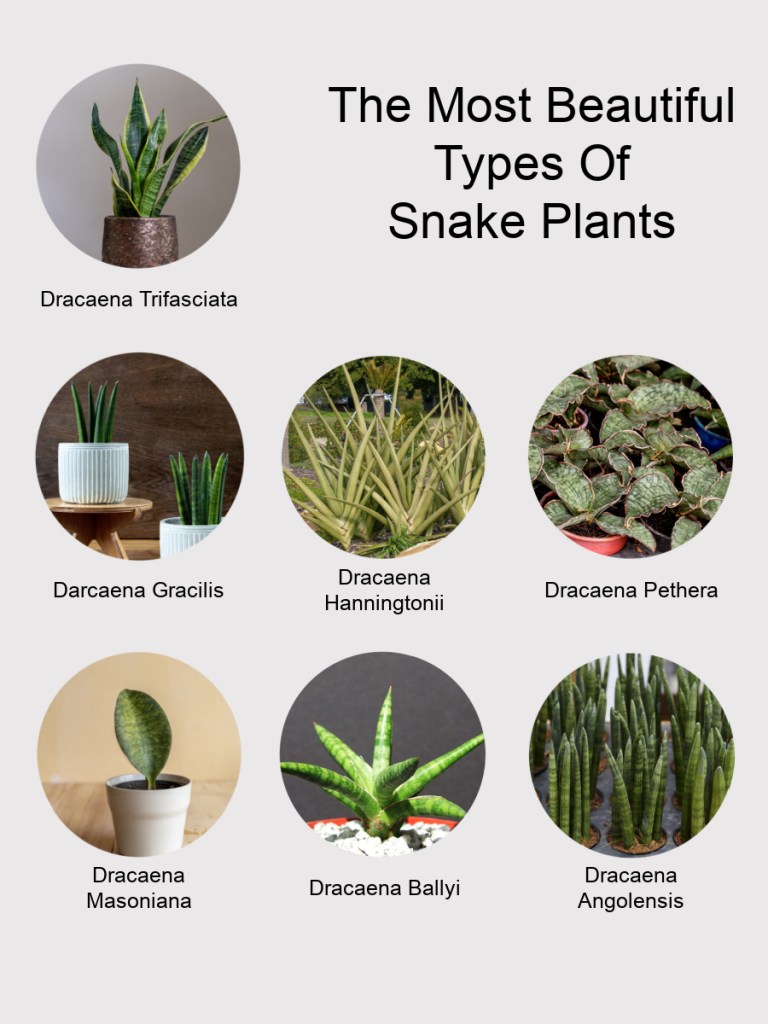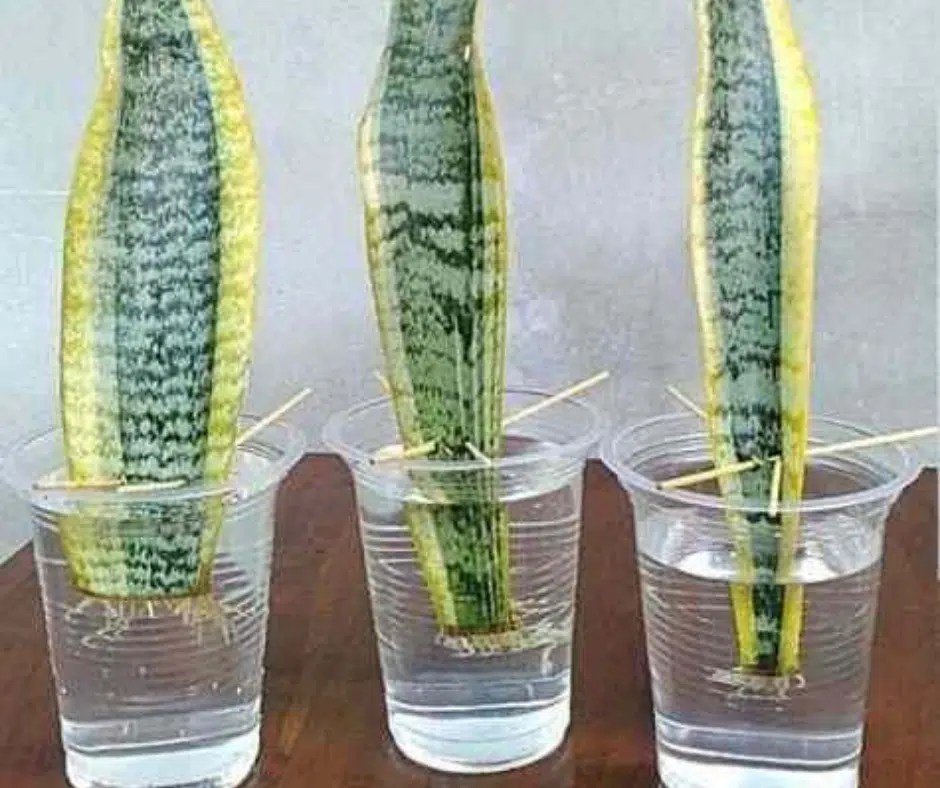
The Snake Plant, a resilient addition to any home or office! In this guide, we’re embarking on a deep dive into the secrets of the Snake Plant—unveiling everything from selecting the perfect plant baby for your home to mastering care routines and propagating new babies to give as gifts or keep to enjoy!
Section 1: Choosing Your Perfect Snake Plant
Why Snake Plant?
The Snake Plant, also known as Sansevieria or Mother-in-law’s Tongue, isn’t just aesthetically pleasing—it’s a powerhouse of air-purifying capabilities. Its ability to thrive in low-light conditions and tolerate neglect makes it an ideal choice for both novice and seasoned plant enthusiasts. Go ahead, igore him for weeeeeks and he’ll reward you with his stunning beauty!
Selecting the Right One:
- Varieties: Explore different varieties such as Sansevieria trifasciata, Sansevieria cylindrica, and Sansevieria masoniana to find the one that suits your preferences.
- Size Matters: Consider the available space in your home or office. Snake Plants come in various sizes, from compact tabletop versions to tall floor-standing beauties. This is a slow growing plant, so plan for your space as it is now, the plan you select will live there for years before out-growing it.

Section 2: Potting and Soil
Potting Essentials:
- Well-Draining Soil: Use a well-draining potting mix to prevent waterlogged roots, as Snake Plants despise soggy conditions. Future note: Careful not to overwater!
- Choosing the Right Pot: Opt for a pot with drainage holes to further ensure proper water drainage.
Planting Process:
- Planting Depth: Plant your Snake Plant at the same depth as it was in its nursery pot.
- Spacing: If planting multiple Snake Plants, allow sufficient space between them to encourage air circulation.
Section 3: Snake Plant Care 101
Light Requirements:
- Low-Light Tolerance: Snake Plants can survive in low-light conditions but thrive in indirect, bright light.
- Avoid Direct Sunlight: Protect your Snake Plant from harsh, direct sunlight to prevent leaf burn.
Watering Wisdom:
- Moderation is Key: Allow the soil to dry out between waterings. Overwatering is a common mistake. It is not uncommon to go weeks between waterings.
- Winter Dormancy: Reduce watering during winter when the plant experiences dormancy.
Temperature and Humidity:
- Adaptable Temperatures: Snake Plants can tolerate a wide range of temperatures but prefer warmer conditions.
- Low Humidity Tolerance: Well-suited for indoor environments with lower humidity levels.
Section 4: How to Propagate Snake Plant
Leaf Cuttings Method:
- Select Healthy Leaves: Choose healthy, mature leaves for propagation.
- Cutting and Rooting: Cut the leaves into sections, allowing them to root in well-draining soil.

Rhizome Division:
- Identify Rhizomes: Locate healthy rhizomes with roots attached.
- Separation Process: Gently divide the rhizomes and plant them in separate containers.
- Hint: If you want to propagate a snake plant faster, divide from the roots/rhizomes instead of propagating from cuttings. (Propagation via division will also allow you to keep any variegated coloring your plant may have!)
Whether you’re a beginner seeking a green companion for your space or an experienced plant enthusiast expanding your collection, the Snake Plant stands as a testament to resilience, beauty, and air-purifying super powers. Happy planting!
